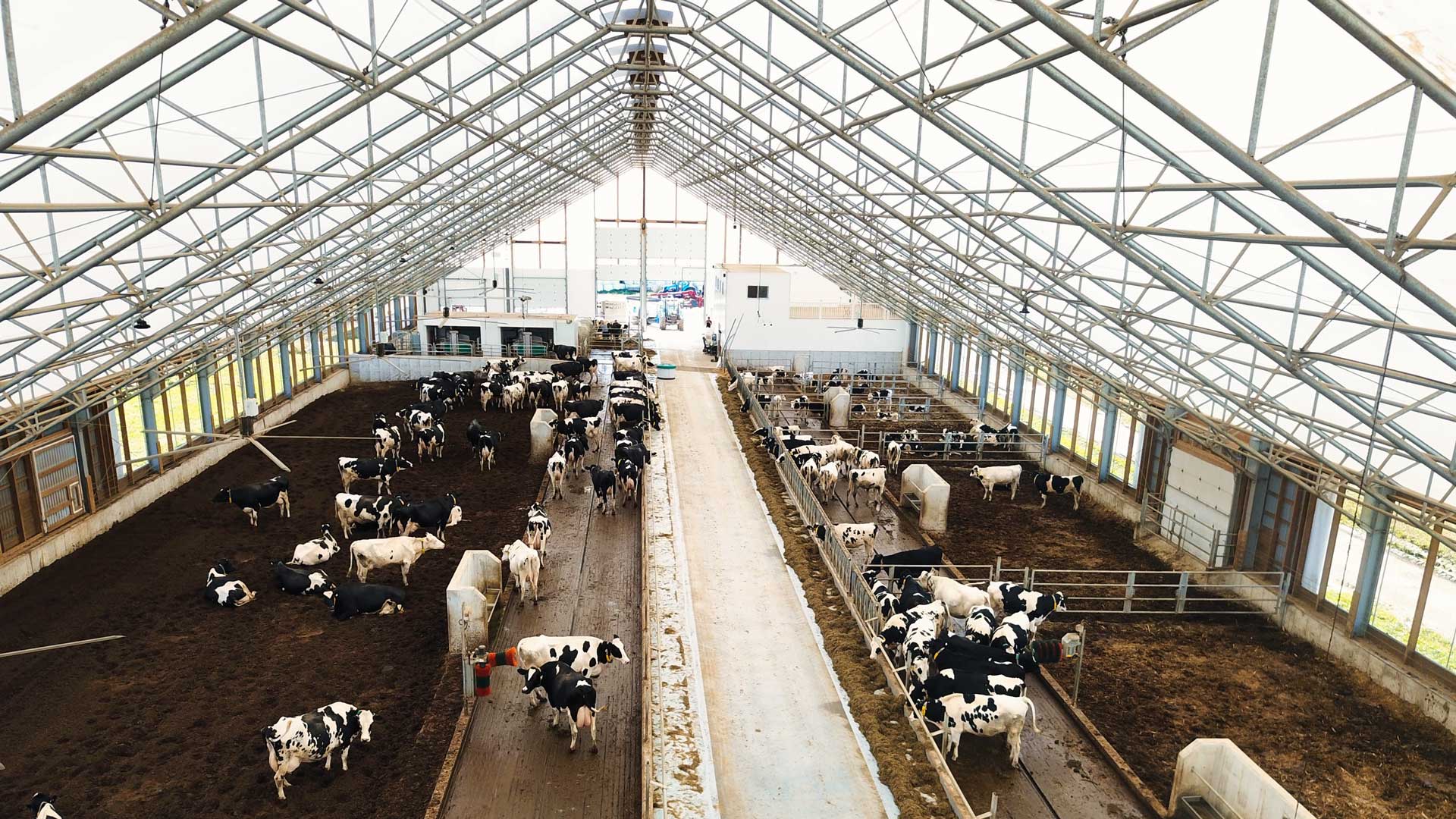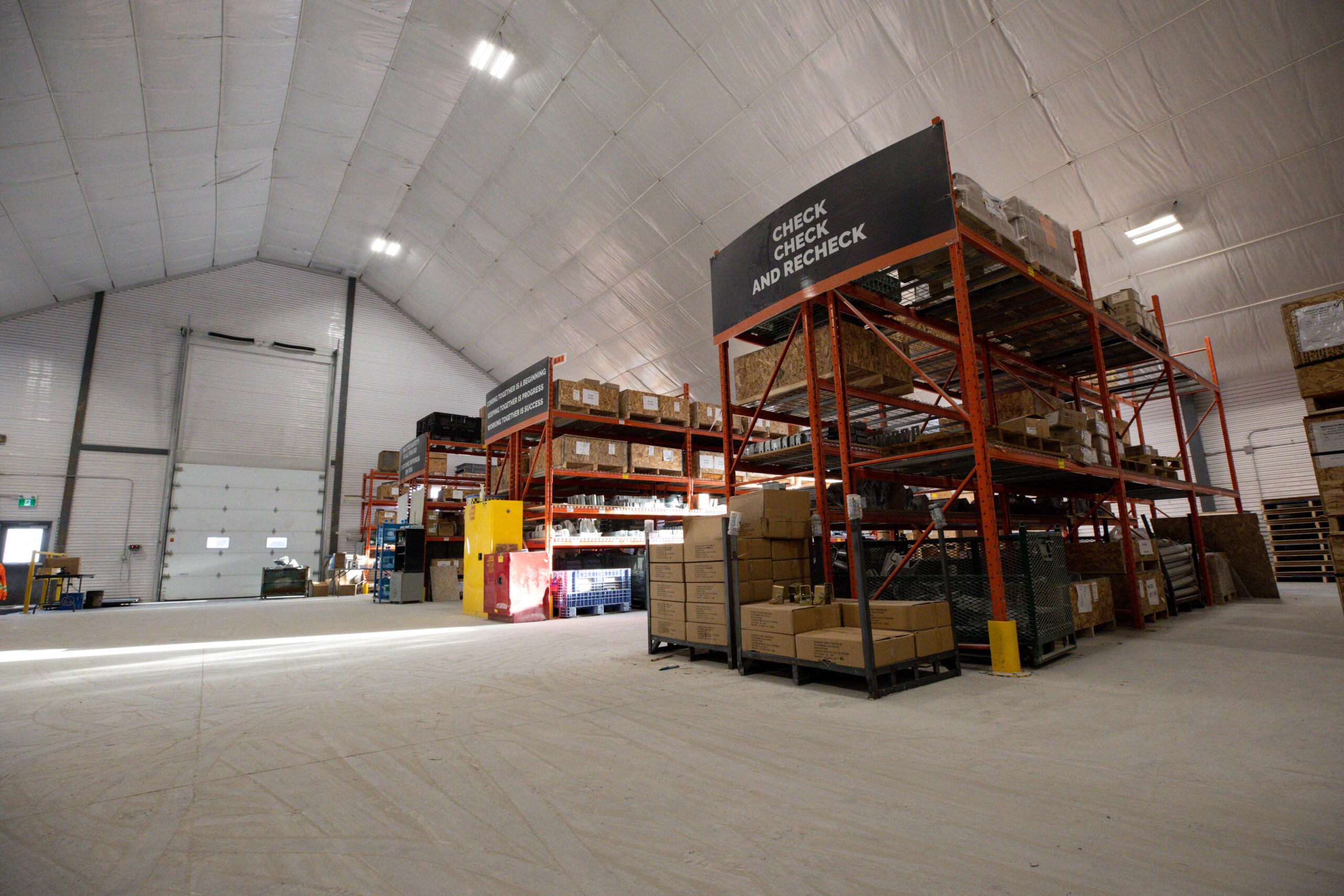Choosing the Right Size and Style of Fabric Building for Your Hobby Farm

Building a hobby farm can be an exciting opportunity, but doing it well means starting with the right elements in place. Depending on the size and type of hobby farm you plan to create, you’ll need to have the proper type of structure to protect the animals present.
Most hobby farms are less than 10 acres. They require substantial land to support the needs of the animals, no matter which type you decide to invest in. You then need to consider a structure for the animals. While you could build a barn and other hard-sided structures, these tend to take more time and money. An agricultural fabric building can be an excellent alternative.
One of the first factors to consider is size. Ultimately, you need a building big enough for the largest group of animals you plan to have without taking up so much room on your property that there’s not enough outdoor space. This balance also needs to consider the animals, but also the machinery and equipment involved in the process.
Building a Hobby Farm: What Size Building Do You Need?
Once you define what you plan to use the farm for, you can then consider the various options in building sizes. A dairy barn is likely to be a much different option, for example, than modern beef barns.
Typically, you also need to consider function. Consider these tips:
If you need a building for farm equipment and machinery common storage options range from 60’ by 80’ to 80’ by 160’.
For a livestock building, you need to consider the amount of room that the specific type of animal needs. Here are some recommendations to consider:
- Goats, pigs, and a small number of cattle need a 30′ by 40′ or 40′ by 60′ building, depending on the number you invest in. This is best for a 4-H animal setup.
- For beef, you will need more space, but the amount of space is dependent on the size of your herd. Aim for 40 to 45 square feet of space for each head of cattle you own.
You can also choose other sizes of farm buildings to fit your needs. For example, if you plan to have a space within your farm building for an office or you need a maintenance area, that could add onto the space requirements. Plan out enough space to meet your immediate needs, but also the needs you have over time especially if you plan to grow your hobby farm quickly.
Building a Hobby Farm Using a Fabric Building
Now that you know the necessary size, consider designing the ultimate fabric hobby farm barn.
Though many people turn to pole buildings because they seem like the ideal choice, fabric buildings for hobby farms can be a much better choice for numerous reasons. Not only does it work to reduce overall costs out of the gate, but it offers other benefits as well:
Fabric buildings are highly durable and long lasting. That’s the same as a pole structure but the difference is you will not spend your time painting and patching a fabric building like you do with a traditional pole barn. Fabric buildings can last for 25 to 30 years without failure.
Better animal quality of life is another benefit to a fabric building. Fabric buildings offer a number of benefits in this way, including:
- Improving the overall health of the animal
- Creating a column-free design, which allows for better functionality within the space.
- It supports natural light (reducing your need to use electricity in the space)
- Enhances ventilation overall.
- Improves airflow during warm temperatures within the need to use a traditional air conditioner within the space.
- It creates a shadow-free environment, which allows your animals to feel more at ease.
- Temperature management in both winter and summer can be enhanced.
Fabric buildings also provide you with a long-term warranty (when purchased from a reputable company). This means that you could have up to 25 years of protection for the structure, and that could reduce your overall risk.
It is wise to learn the six essentials in fabric structure development that impact your fabric barn investment. That includes the overall size and features you need, such as fire suppression, ridge vents, and insulation. Our team can offer guidance to help you not only get a fabric building in place but also to ensure it is the best possible option for your project.
Building a hobby farm requires a good deal of planning, and the process itself can be very reassuring (and fun to do). However, today, you have more options than ever in products to select from. Turn to Britespan now to learn more about the fabric building options we can offer.

